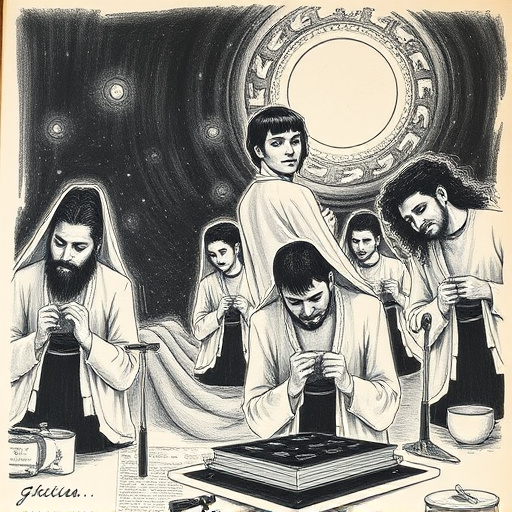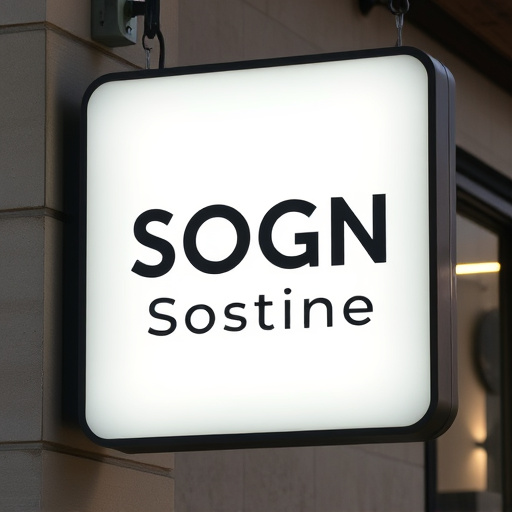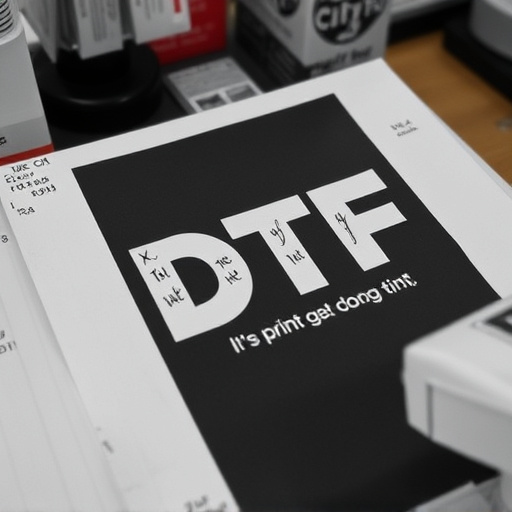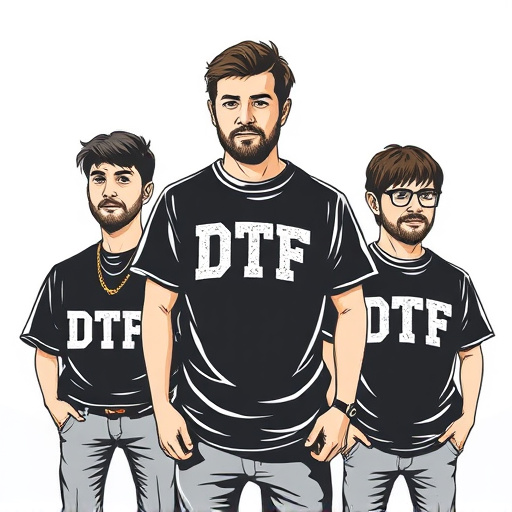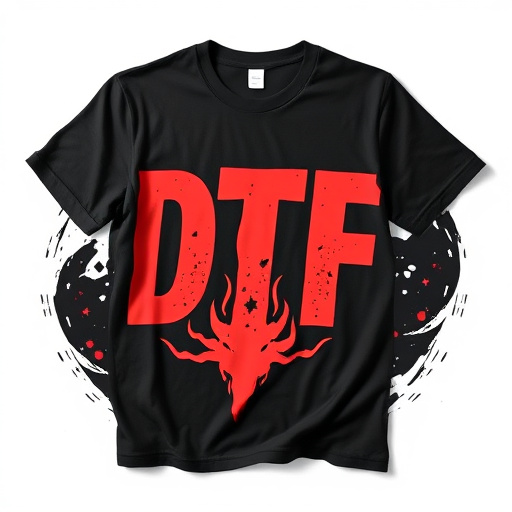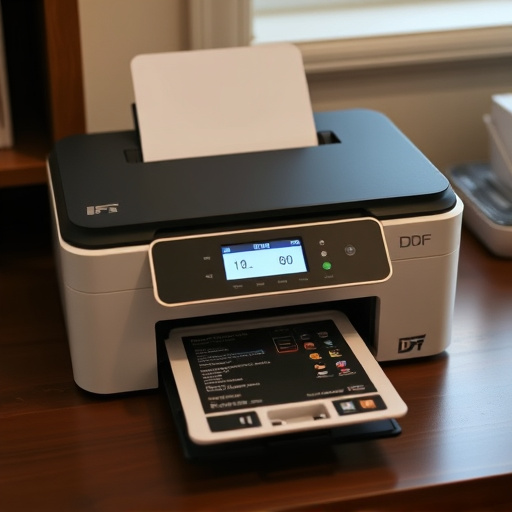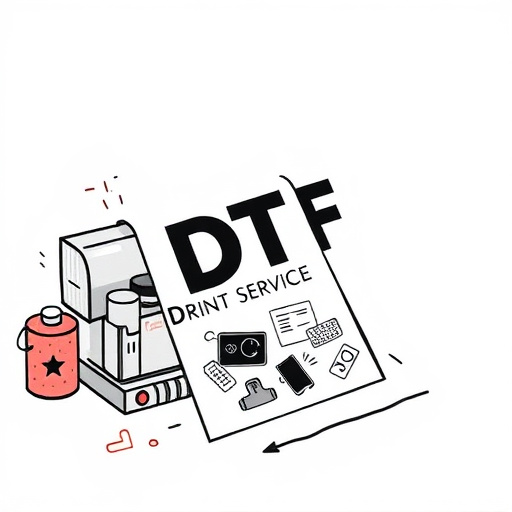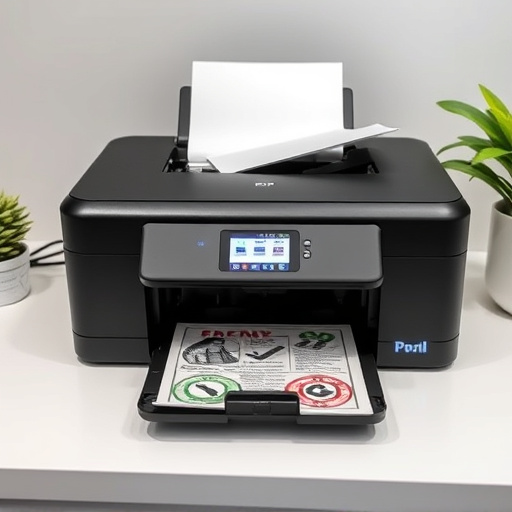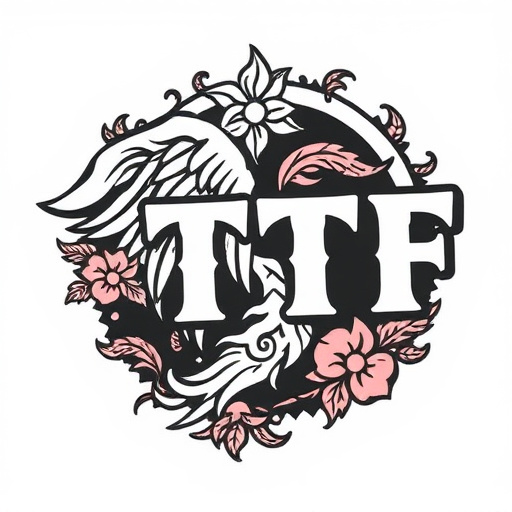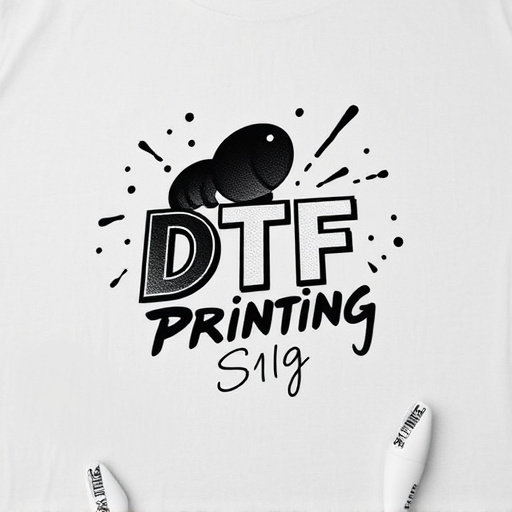Direct-To-Fabric (DTF) inks have revolutionized heat transfer printing, enabling unparalleled precision and vibrancy in fabric decoration. This advanced technology has transformed custom apparel creation by offering faster production times and enhanced design capabilities, with businesses adopting DTF printing for t-shirts to meet customer demands for high-quality, diverse designs.
“The heat transfer industry has witnessed a revolutionary shift with the advent of Direct-to-Fabric (DTF) inks, marking a significant evolution in printing technology. This article delves into the transformative power of DTF inks, exploring their historical context, distinct advantages over traditional inkjet methods, and the subsequent impact on fabric quality and industry standards. From nano-particulate compositions to eco-friendly options, we unravel the technological advancements driving DTF inks towards a vibrant future.”
- The Evolution of Heat Transfer Printing with DTF Inks
- – A brief history of heat transfer technology
- – Traditional inkjet vs. Direct-to-fabric (DTF) inks
The Evolution of Heat Transfer Printing with DTF Inks

The art of heat transfer printing has witnessed a remarkable evolution, and at the forefront of this transformation are DTF inks. These advanced printing technologies have revolutionized the way we adorn clothing and textiles with intricate designs. DTF (Direct-to-Fabric) printing offers unparalleled precision and versatility, allowing for detailed images and vibrant colors previously unattainable through traditional methods.
With DTF inks, the process of creating custom apparel has become more accessible and efficient. The technology enables fast production times, making it ideal for bulk DTF transfer operations. This innovation has sparked a trend among businesses, especially those specializing in dtf printing for t-shirts, to streamline their manufacturing processes and cater to diverse customer demands with speed and quality.
– A brief history of heat transfer technology
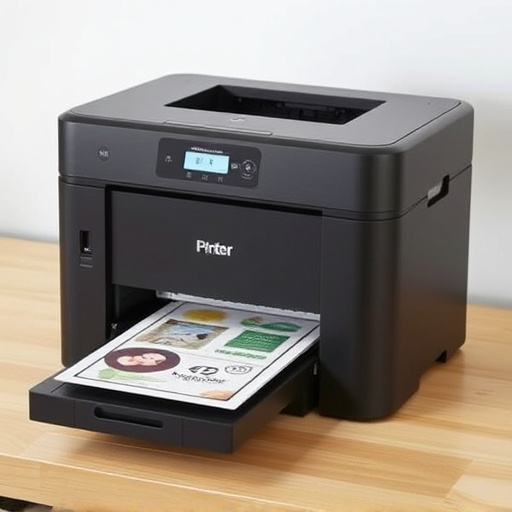
Heat transfer technology has evolved significantly over the years, revolutionizing industries that require precise and efficient heating or cooling processes. Historically, early methods relied on conventional heating elements and conduction, convection, or radiation to transfer heat. However, the advent of advanced materials and printing techniques sparked a new era in heat transfer. One such game-changer is Direct-To-Fabric (DTF) ink technology, which has streamlined and enhanced the process.
DTF inks have been at the forefront of this revolution, enabling print-on-demand capabilities for various applications. These specialized inks are designed to adhere permanently to fabrics or other materials when heated, creating intricate designs and patterns with remarkable accuracy. DTF transfer sheets and films have become popular choices for custom printing, allowing businesses and individuals to produce personalized products swiftly. The use of DTF printers has further simplified the process, making it accessible and efficient for a wide range of industries, from apparel to signage.
– Traditional inkjet vs. Direct-to-fabric (DTF) inks
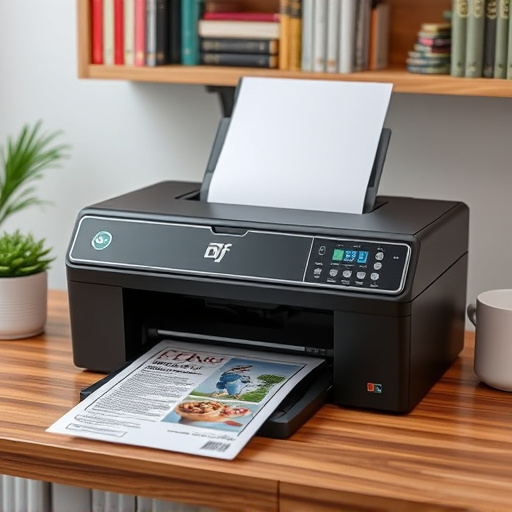
In the realm of heat transfer technology, Direct-to-Fabric (DTF) inks have emerged as a game-changer, revolutionizing the way we print on textiles. Unlike traditional inkjet printing which sprays ink onto a medium from above, DTF inks are specifically designed to be applied directly to fabric, offering a more efficient and precise method of decoration. This technique has gained significant traction in the T-shirt printing industry, where high-quality designs and rapid production times are paramount.
DTF printing for t-shirts leverages advanced ink formulations that adhere exceptionally well to various fabrics, enabling intricate and vibrant prints. The best DTF printers are equipped with precise nozzles and sophisticated heating elements, ensuring accurate color reproduction and fast drying times. Understanding the DTF meaning is crucial for businesses seeking to enhance their textile decoration processes, as it represents a significant advancement over conventional methods, providing both efficiency and aesthetic superiority.
The evolution of heat transfer printing, driven by advancements in DTF inks, marks a significant shift in the industry. By offering superior color accuracy, faster drying times, and enhanced fabric compatibility, DTF inks are revolutionizing custom apparel and product personalization. As technology continues to advance, the versatility and efficiency of DTF printing will undoubtedly shape the future of heat transfer applications, making it a game-changer in the world of on-demand production and custom design.
